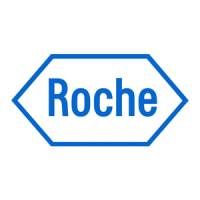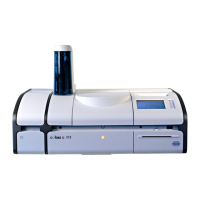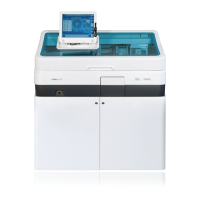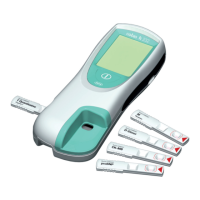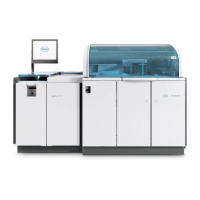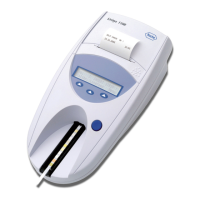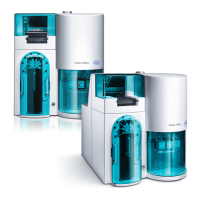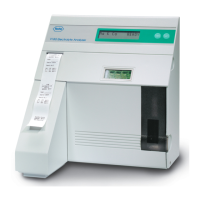Do you have a question about the Roche COBAS INTEGRA 400 plus and is the answer not in the manual?
| Throughput | Up to 400 tests per hour |
|---|---|
| Test Menu | Wide range of clinical chemistry tests |
| System Type | Clinical Chemistry Analyzer |
| Sample Types | Serum, plasma, urine |
| Measurement Principles | Photometry, turbidimetry, ISE |
| ISE Module | Optional ISE module available |
| Sample Volume | Variable, depending on the test |
| Weight | Approximately 150 kg |
| Power Requirements | 200-240 V, 50/60 Hz |
| Operating Temperature | 15-30°C |
| Humidity | 20-80% (non-condensing) |
Defines the purpose and application of the COBAS INTEGRA 400 plus analyzer for in vitro quantitative or qualitative determination.
Lists product names and their descriptors, and common abbreviations used in the manual.
Explains the fundamental concepts and elements of data communication between host and instrument.
Details mechanisms for ensuring safe data transmission, including parity checks and flow control.
Provides an overview of the instrument's host interface capabilities and modes of operation.
Describes the functionality and requirements when operating the instrument in patient-specific mode.
Details the process of managing orders, including entry, modification, and deletion via the host interface.
Covers how to request results from the instrument, including single and collated results.
Defines general codes used in messages, including ASCII, control characters, and instrument codes.
Details the various block codes that form part of the message header for host-instrument communication.
Explains line codes used to identify the content of data lines within messages.
Describes flags generated for test results and provides lists of error codes used by the system.
Details block codes that are modified or added when the extended host interface is enabled.
Lists line codes that are modified or additionally used with the extended host interface.
Provides a step-by-step guide to enable host interface tracing for detailed communication monitoring.
Discusses common issues related to sample types and collated results in host interface communication.
Details the steps required to configure the instrument for proper communication with a host system.
Explains how to set up interface parameters like baud rate, parity, and handshake on both host and instrument.
Covers enabling barcode reading and configuring barcode types, patterns, and alignment parameters.
Describes the RS-232 serial interface standards, signal levels, and handshake protocols.
